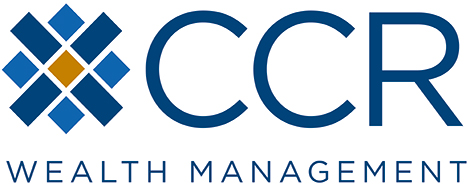Staying on Top of Your 401(k) Can Pay Dividends
While it's tempting to follow every market fluctuation, the key to securing a prosperous retirement lies in long-term planning. Staying on top of your retirement money can pay dividends.
Lots of investors never bother to check on their 401(k) regularly. But you should keep a constant eye on your funds’ risk level, whether your asset allocation is out of whack and if your beneficiaries still are the ones you want.
When you first start a job and join a 401(k) or another employer-sponsored retirement savings plan, you fill out a few forms, decide how much you want to contribute, and you pick some investment options.
Then each month, like clockwork, a part of your paycheck goes to your retirement account automatically. It’s easy to just set it and forget it, but this mindset can cost you in a big way.
Although you don’t have to follow every tick in the market, you do need to look after your retirement money. Here’s how:
Re-examine Your Target-date Funds
If you don’t want to choose specific investments for your plan, then you can put your money in these funds, which focus on a date when you might want to retire. Target-date funds adjust their investment allocation to match your risk tolerance, considering your current age and a theoretical retirement age of 65. Your mix gets more conservative as your retirement age approaches.
The tricky part is this allocation varies greatly among these funds. Two funds with the same target date may have completely different investments and levels of risk. For instance, one fund may have a 50% stock allocation and another 70% for someone who wants to retire in 20 years. Target date funds don’t take your individual situation into account. The risk may not be appropriate for you.
If you invest in such a fund, look at the overall investment allocation to make sure that the risk in the fund matches your tolerance.
Re-evaluate Your Investment Choices
If you select investments when you enroll in your 401(k), but haven’t looked at them in a while, that allocation may no longer be appropriate. Over time, you may take on more risk than you want, especially when you don’t rebalance your account.
Review Your Options Regularly
There may be additional investment choices with lower fees, or an allocation that is a better fit for your goals.
Set Up Automatic Rebalancing
You shouldn’t put your 401(k) on autopilot, but the automatic rebalancing feature is helpful in maintaining your intended allocation and keeping risk in check.
Over time, your account may drift away from your original allocation. For example, let’s say that you chose an allocation of 50% stocks and 50% bonds in your 401(k). In a heated stock market, the percentage of stocks grows to 70% or more, exposing you to additional risk. If you switch on the rebalancing feature, the account automatically sells stocks and buys bonds to return to the 50/50 mix. Think of it as a sell-high-buy-low feature.
Review Your Beneficiaries
The most common mistake is forgetting to update your beneficiary form. This one-page document, not your will, decides who gets your retirement account. If you get married, have kids or get divorced, chances are it’s out of date. Should something happen to you, your family members may be shocked to find out that your ex-wife gets the 401(k) money. Most plans give you online access to the form, so make sure you capture any changes.
Automatic features of your 401(k) save your time and simplify saving for retirement, but periodically reviewing your plan prevents avoidable mistakes from derailing your retirement goals.
Disclosure
The target date of a target date fund may be useful starting point in selecting a fund, but investors should not rely solely on the date when choosing a fund or deciding to remain invested in one. Investors should consider the fund's asset allocation over the whole life of the fund. Often target date funds invest in other mutual funds, and fees maybe e charged by both the target date fund and the underlying mutual funds. A fund with higher costs must perform better than lower cost fund to generate the same net returns over time.
Follow us on social media for more timely content delivered directly to your news feed!
